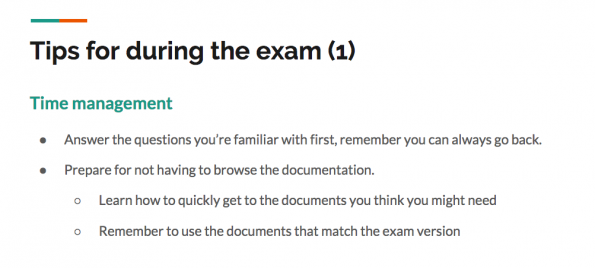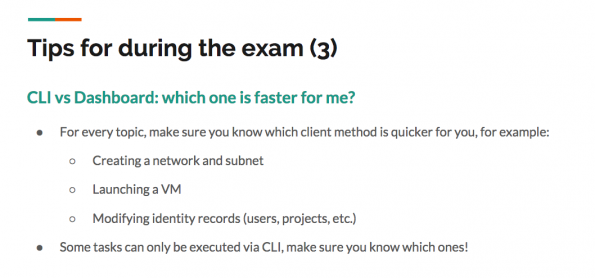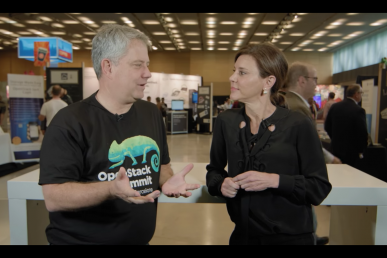Cloud skills continue to be top-of-mind for recruiters.
If you’ve ever asked yourself how you can prove your skills to potential employers, a simple way is to take a certification course such as the Certified OpenStack Administrator (COA) exam, offered by the OpenStack Foundation.
Now, why would this certification help you prove your skills? Because it’s a hands-on exam, test takers are exposed to an actual OpenStack environment where they demonstrate skills and knowledge to perform tasks that an administrator might need to accomplish on a daily basis.
The exam is intended for OpenStack Administrators with six months of hands-on experience and, as mentioned, the exam objectives cover tasks that you might perform on a regular basis. So, for example, under the Identity Management objective for the exam you would find ‘Manage/Create domains, groups, projects, users, and roles’. That means this exam objective might test your ability to create a user and assign a role to that user or perhaps manage an existing user depending on what the related exam question asks you to do.
Once you’ve decided taking the COA is right for you, what do you need to know? Well, the exam is currently offered on the Newton release of OpenStack and can be taken on either Ubuntu or SUSE. The exam lasts 2.5 hours and can be taken from anywhere on a laptop or desktop with a microphone, speakers and a webcam. In addition, you’ll need to use either the Chrome or Chromium browsers to take the exam and, of course, sufficient internet access. You’ll also want to make sure you know how to navigate documentation and consider whether you’re generally more proficient using the dashboard or command-line interface.
For complete information on the COA including its objectives and requirements, see http://www.openstack.org/coa.
The COA currently has a pass rate of 60 percent. If you’re worried about not knowing enough about OpenStack, you can visit the Training section of the OpenStack Marketplace and find partners that provide online or in-person training at http://www.openstack.org/marketplace/training.
If you’d like more tips, check out the talk I gave with Gianpietro Lavado at the Summit Vancouver. Given in English and Spanish, you can also download the slide deck.

)












